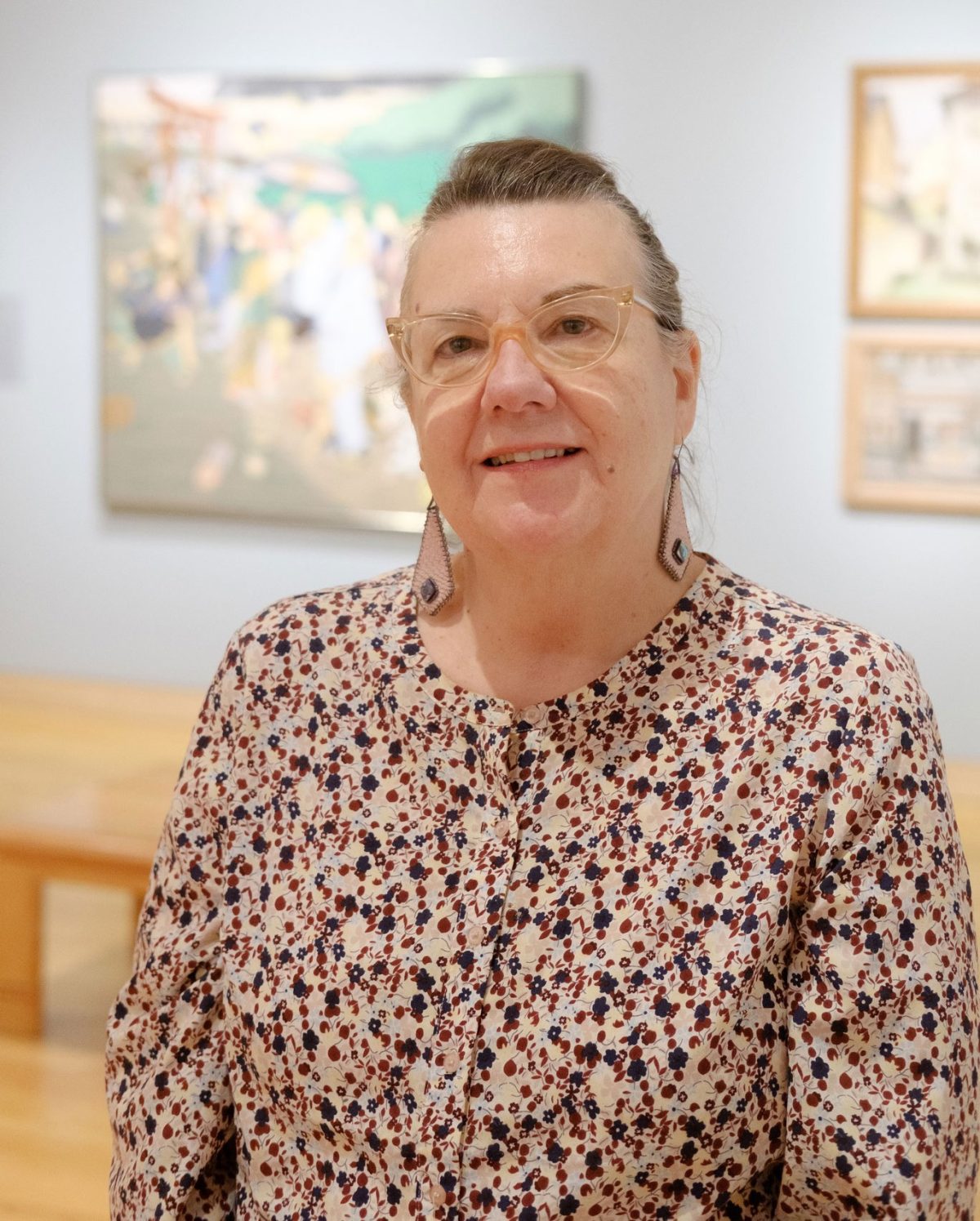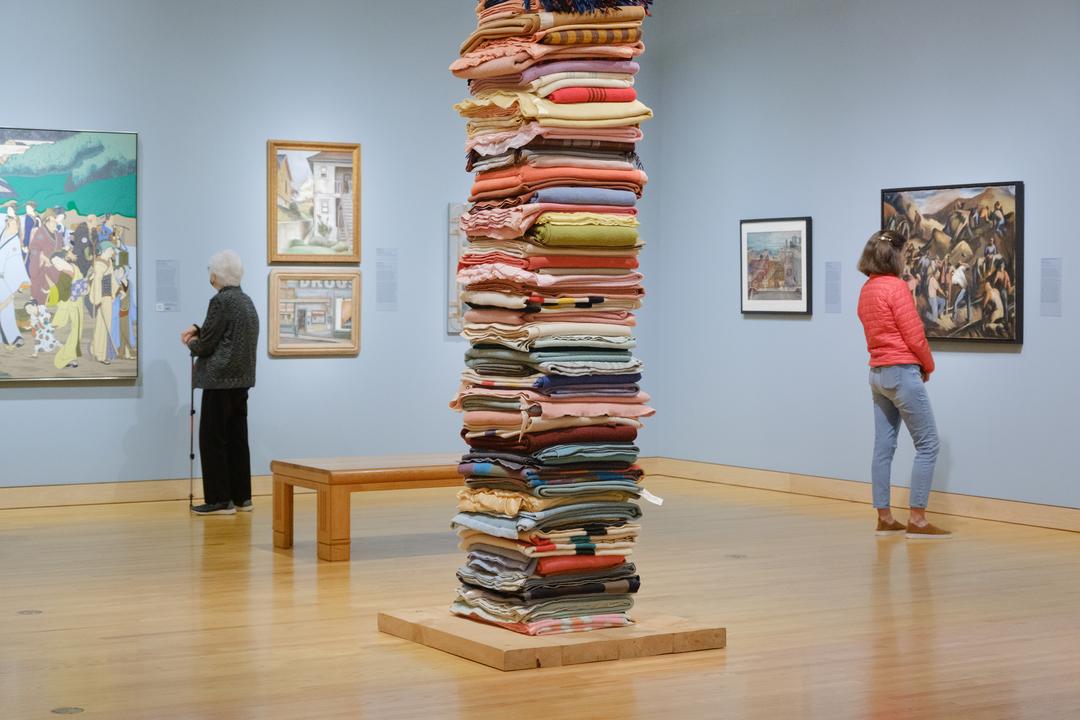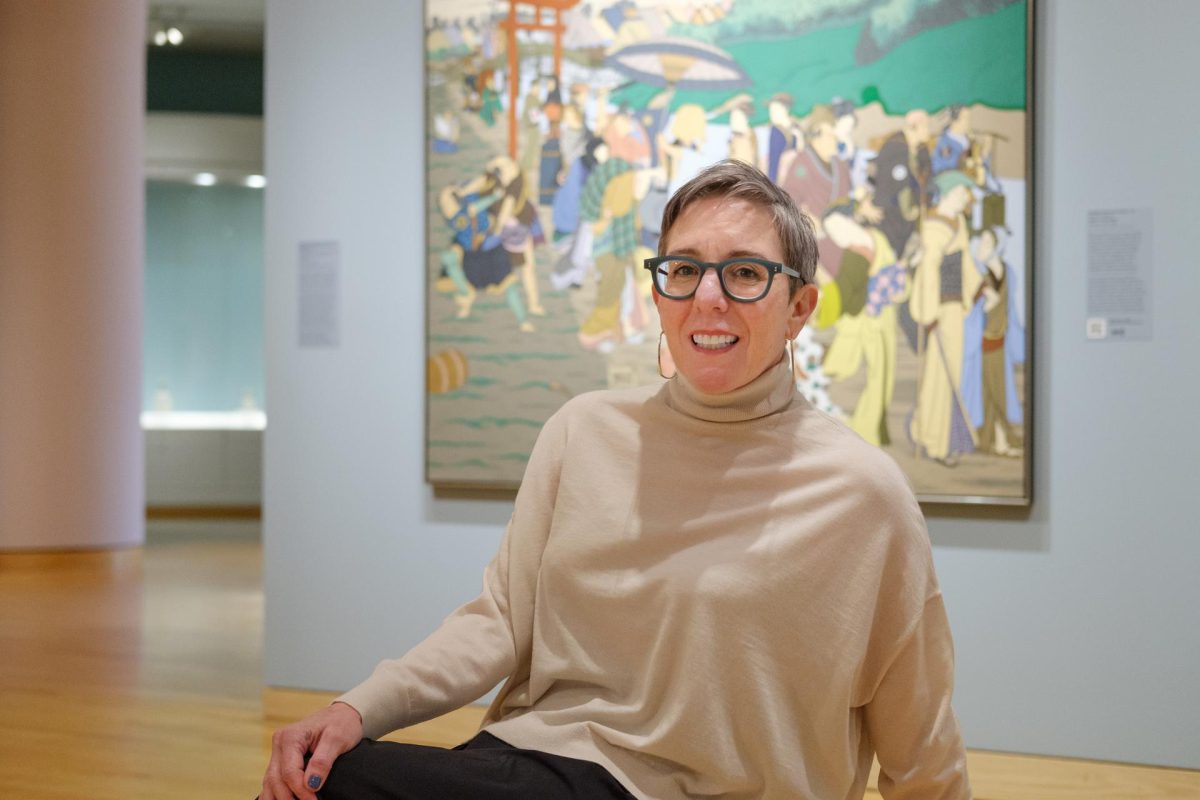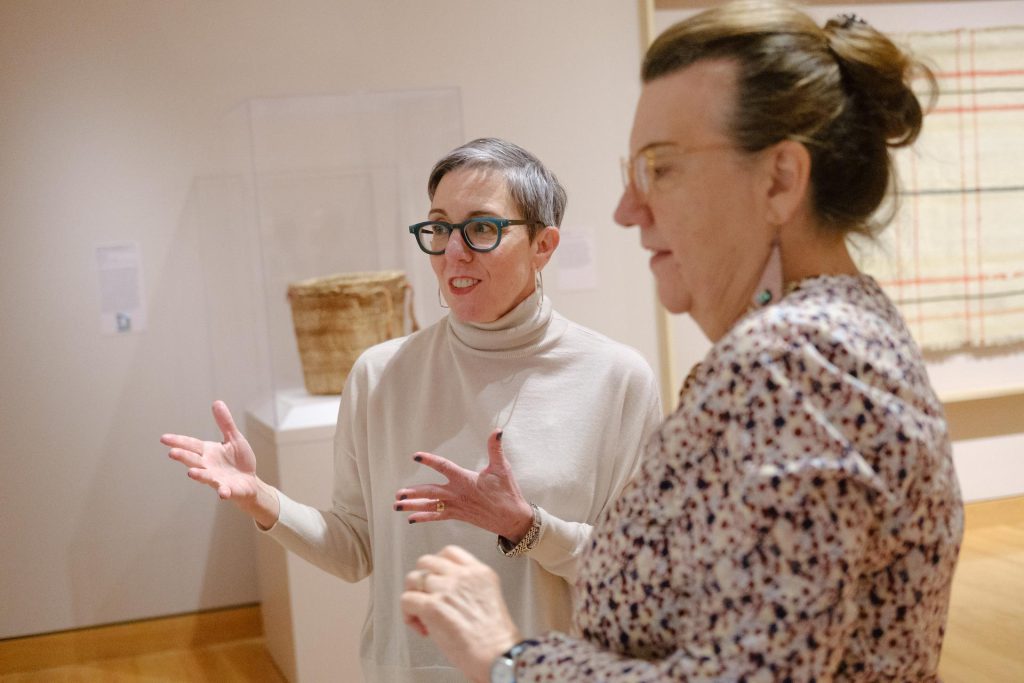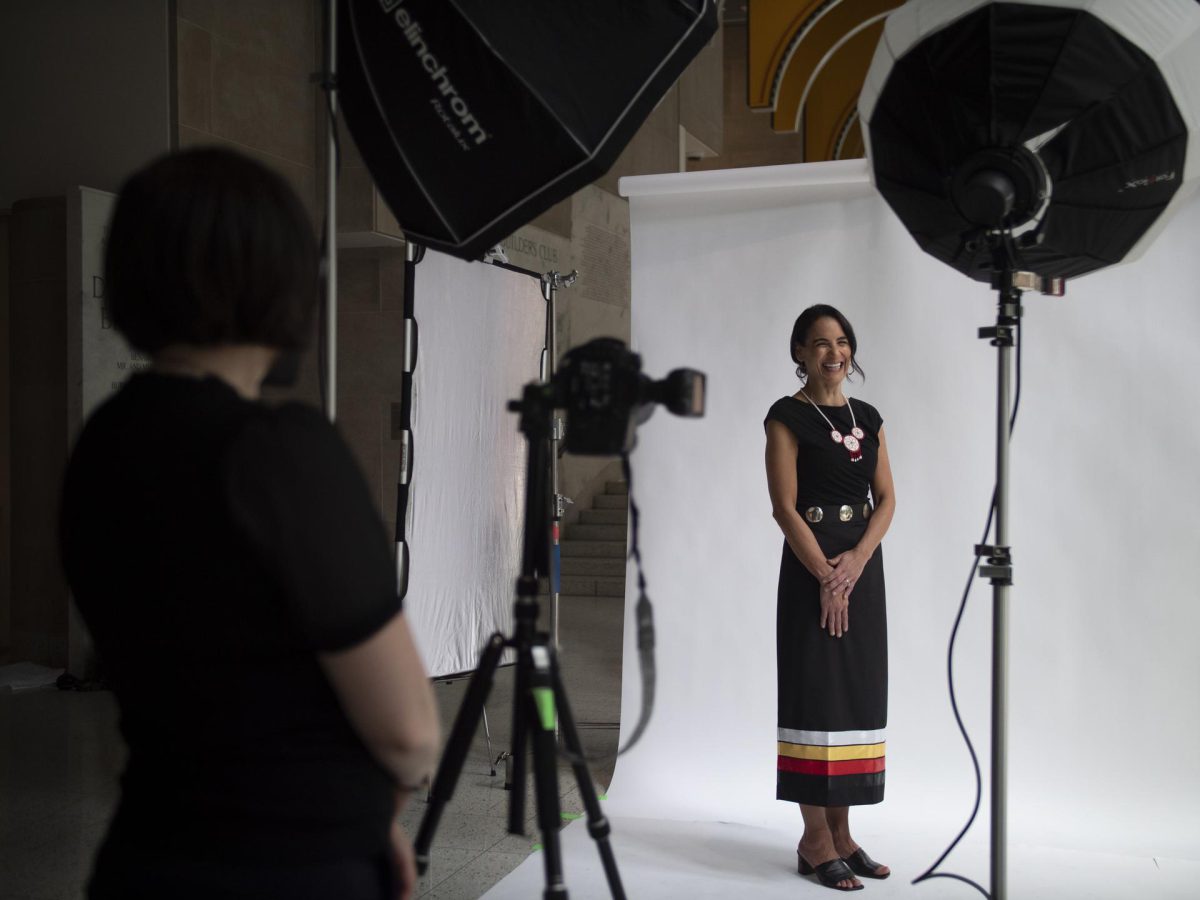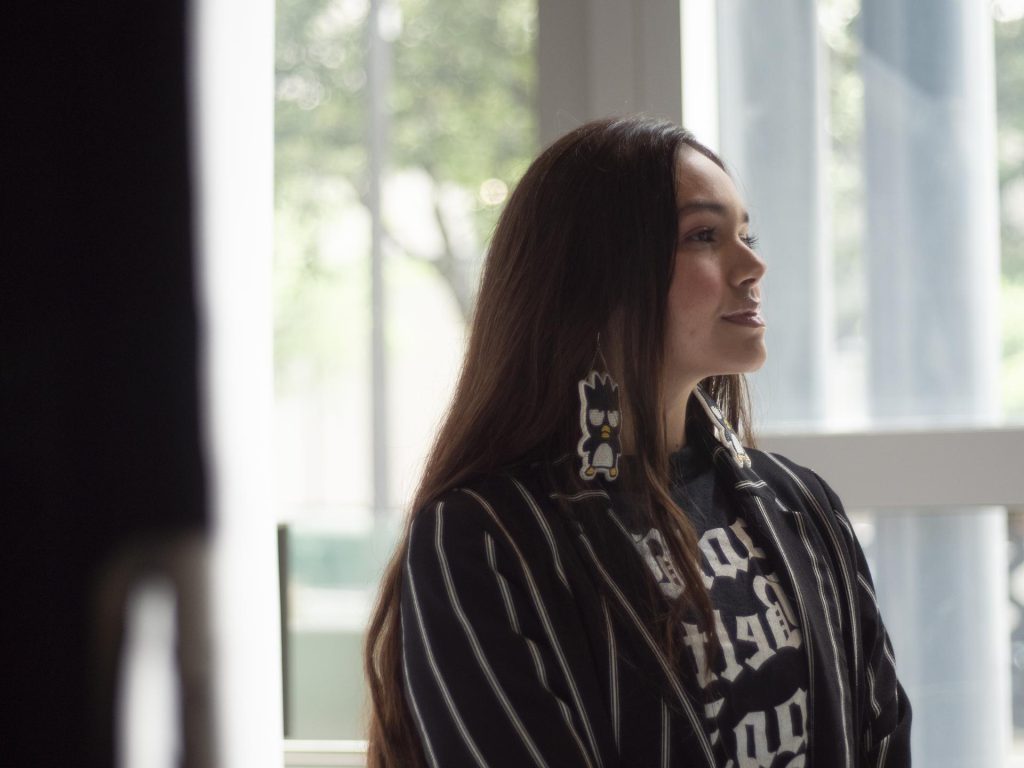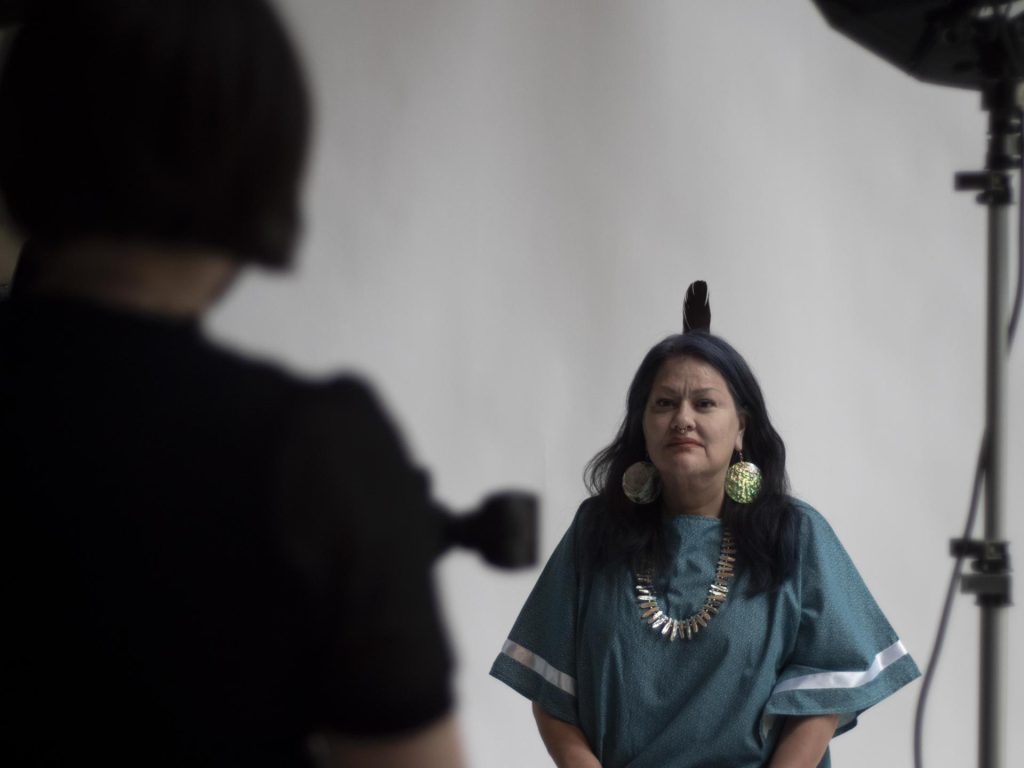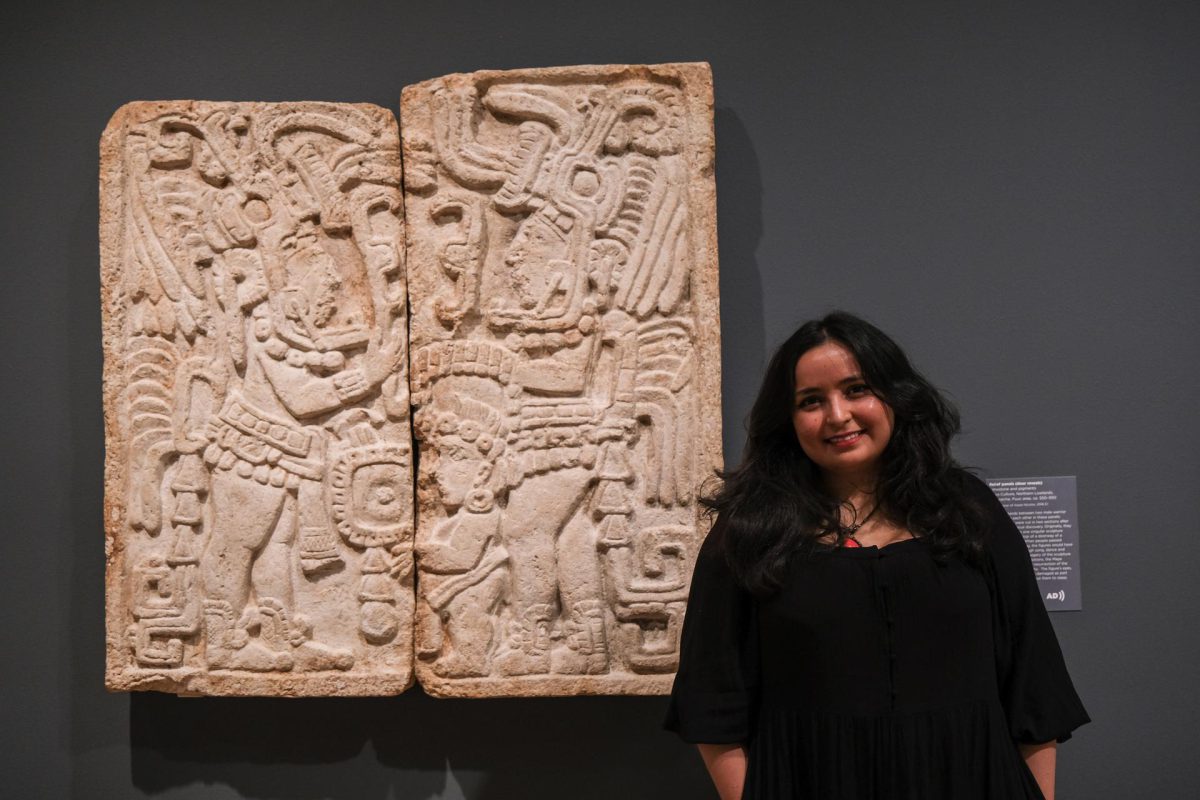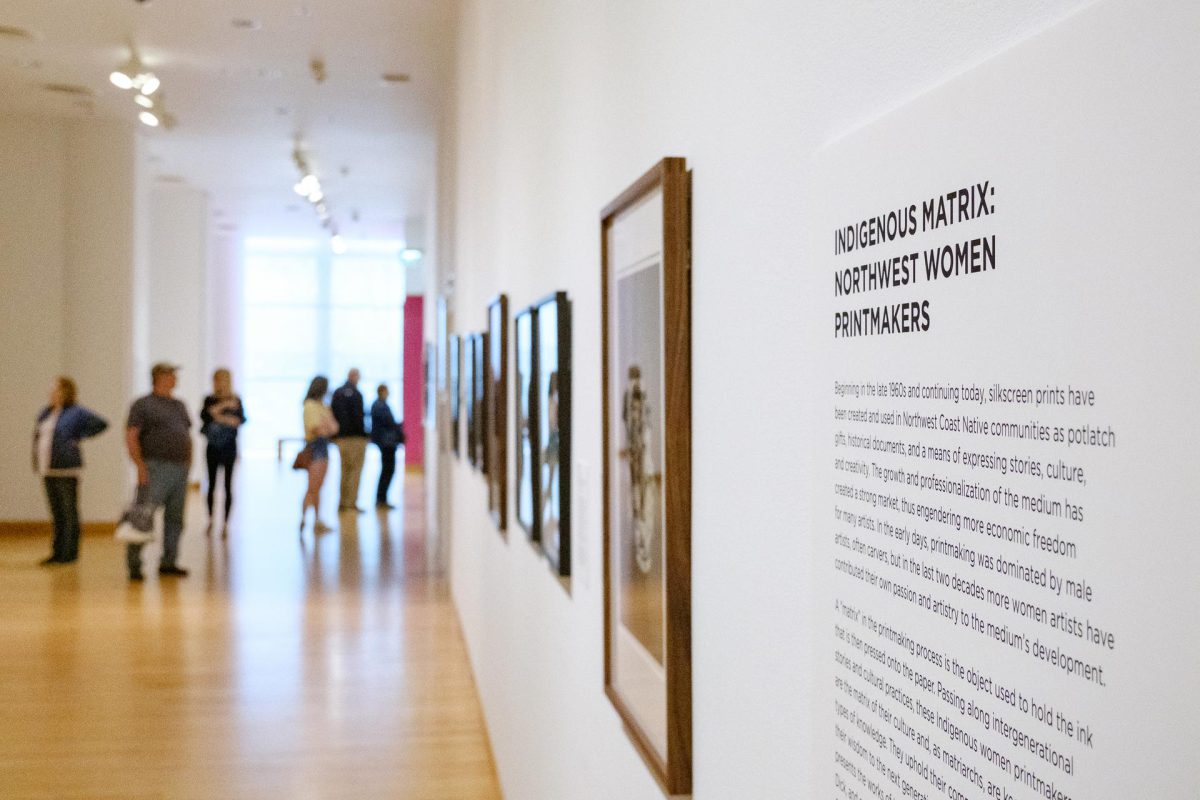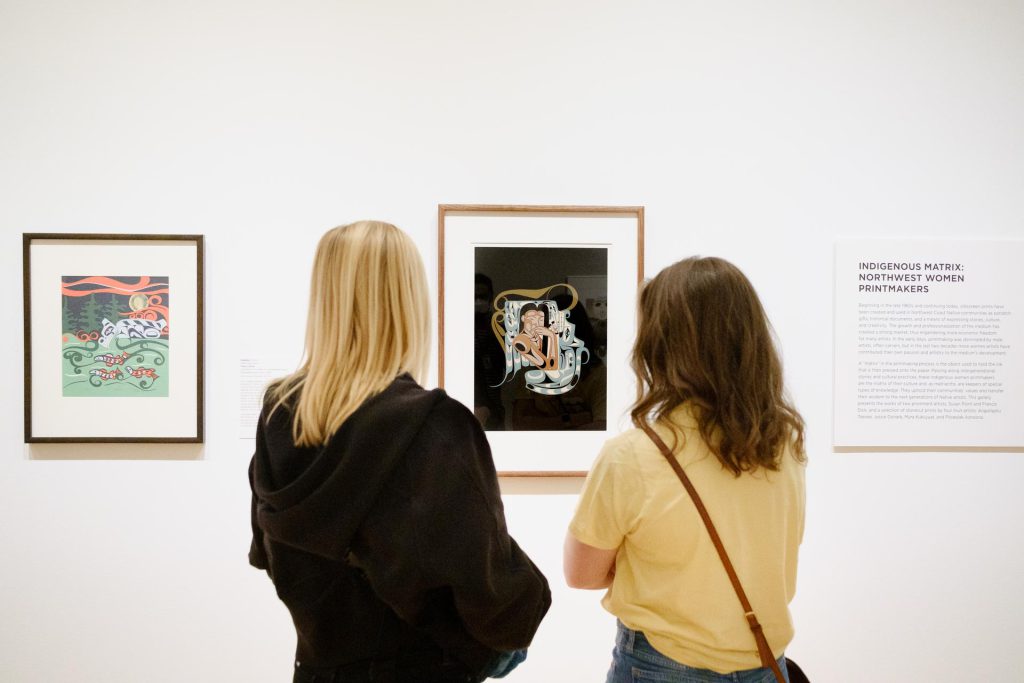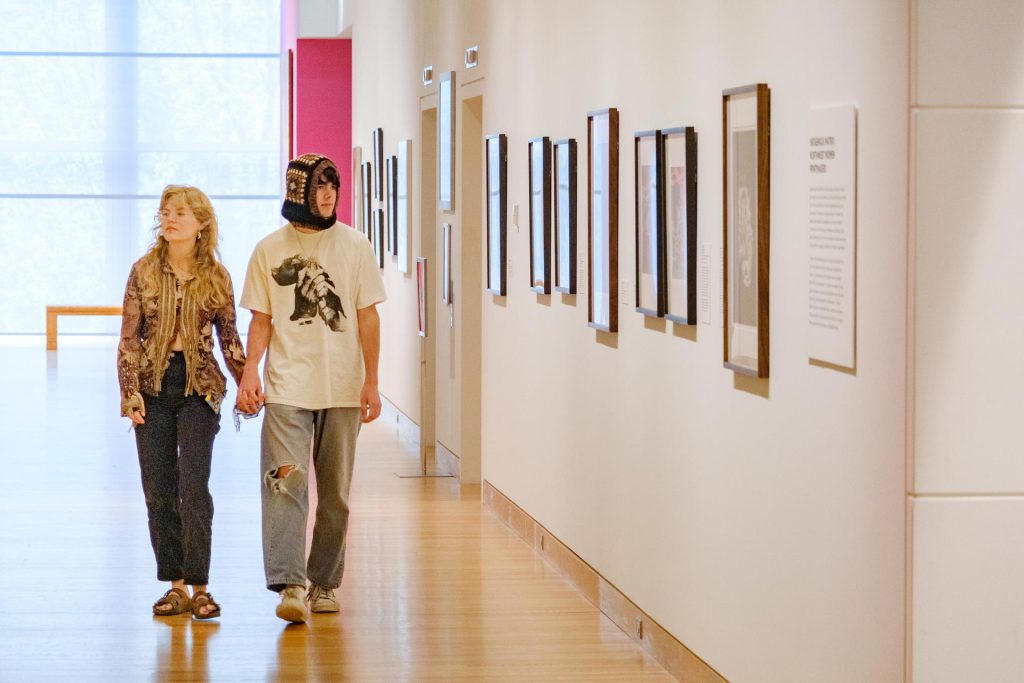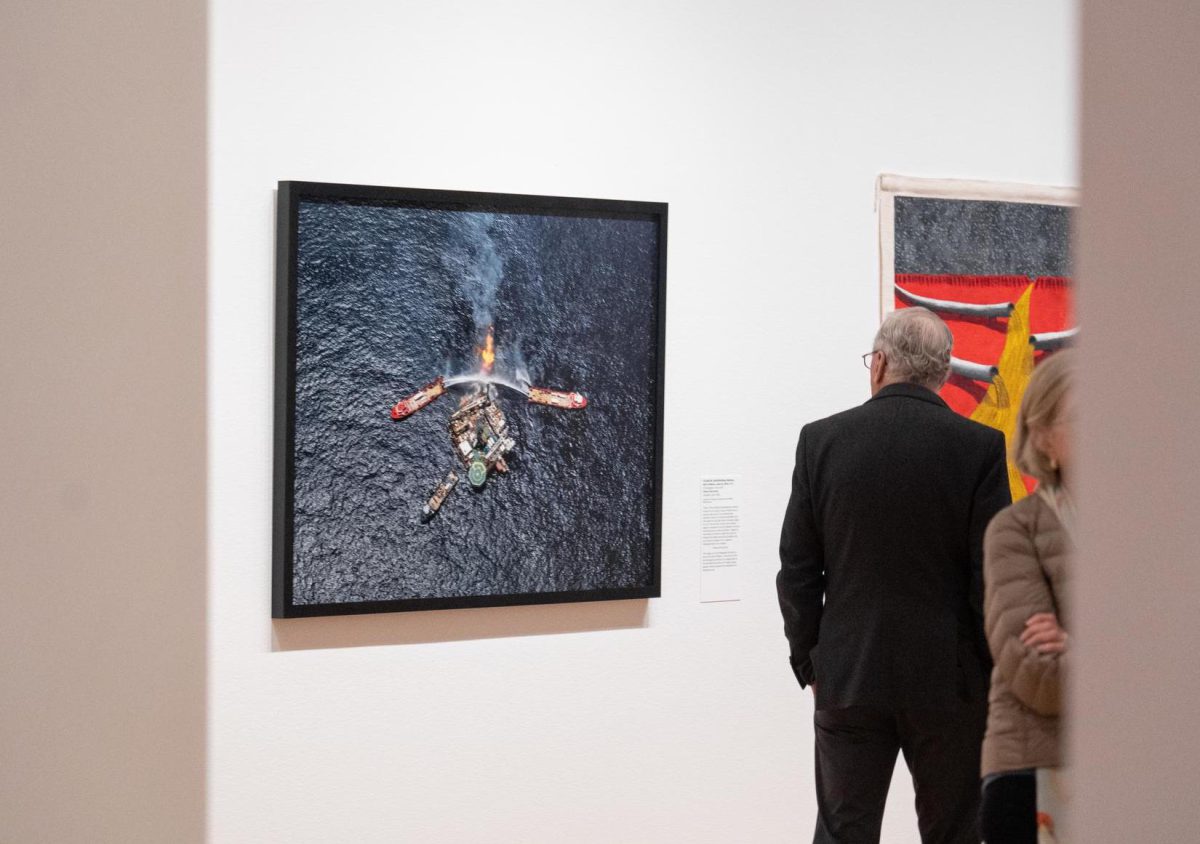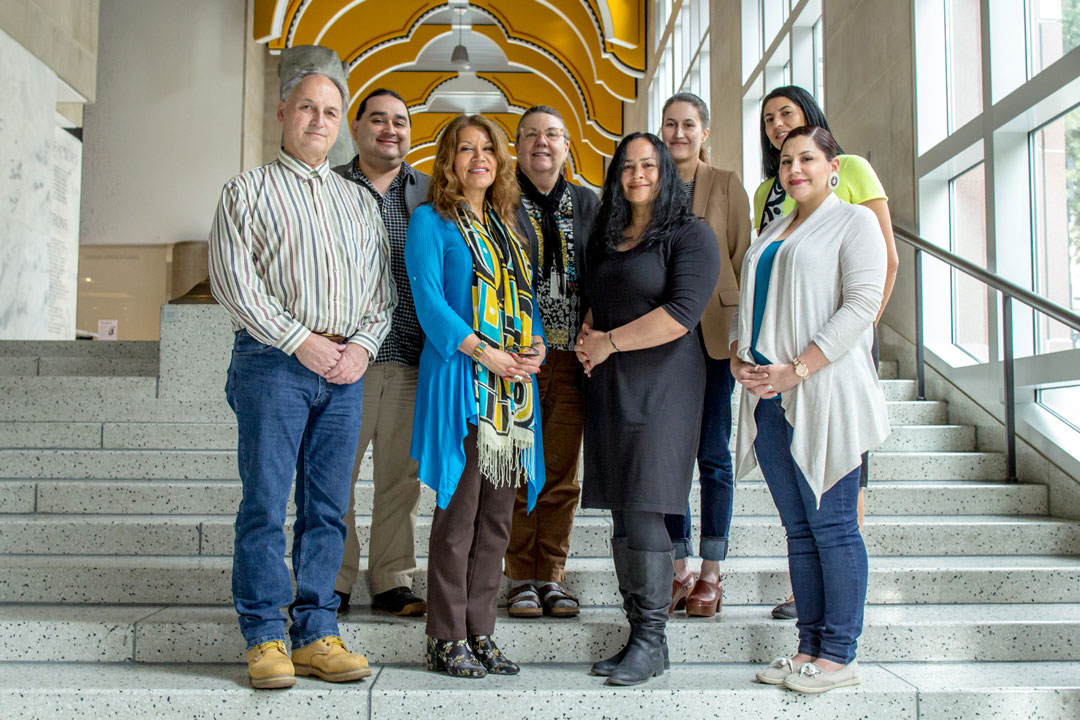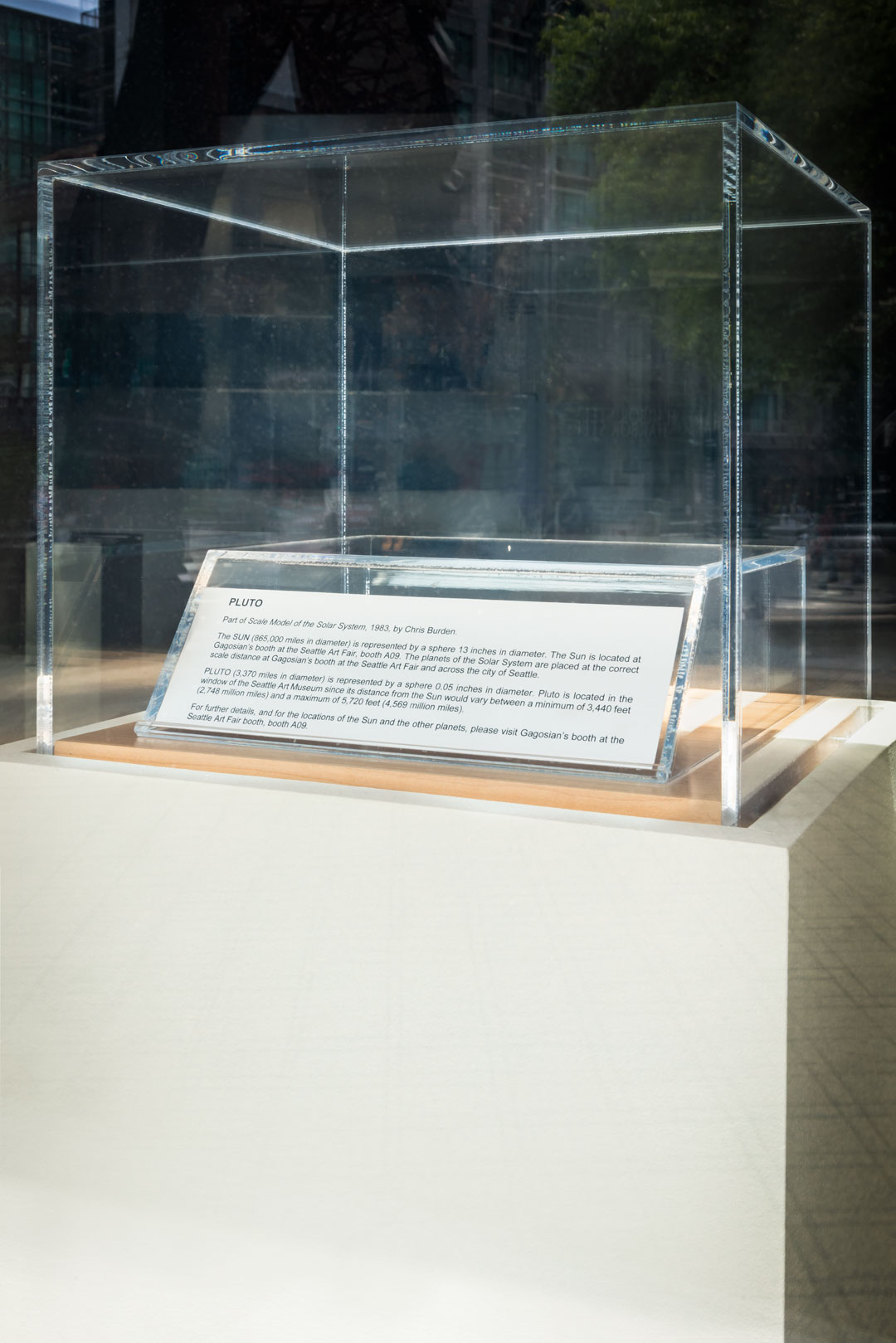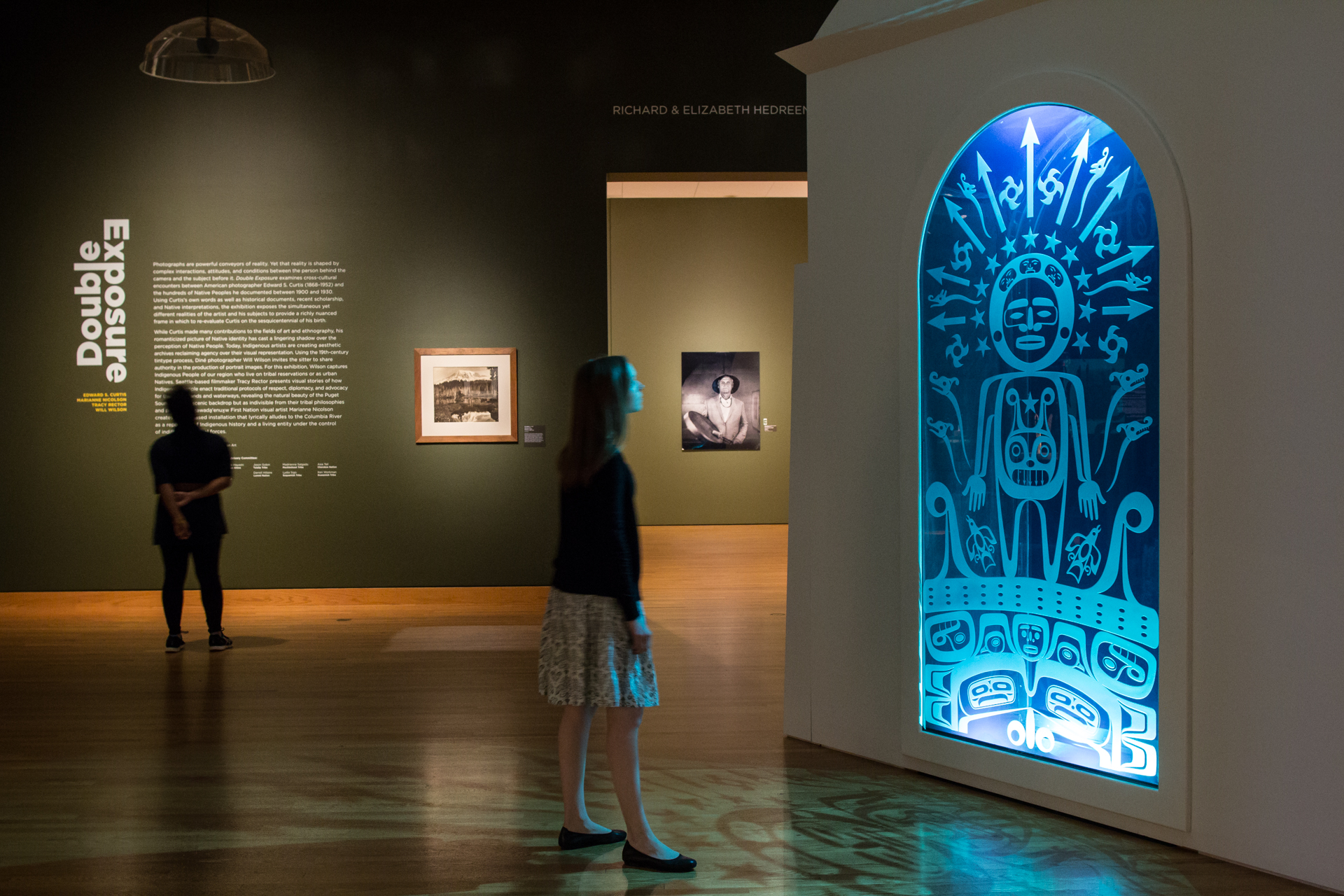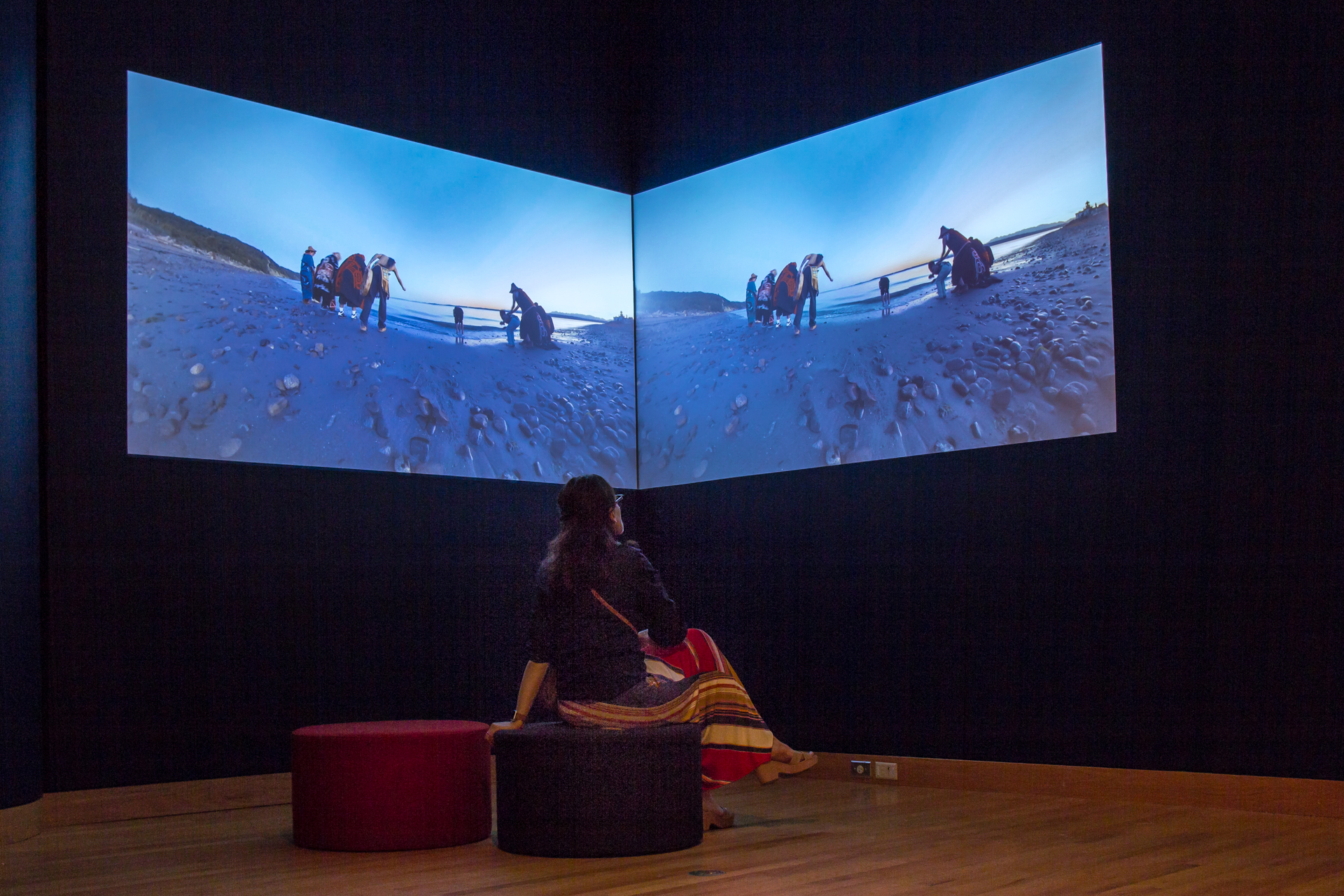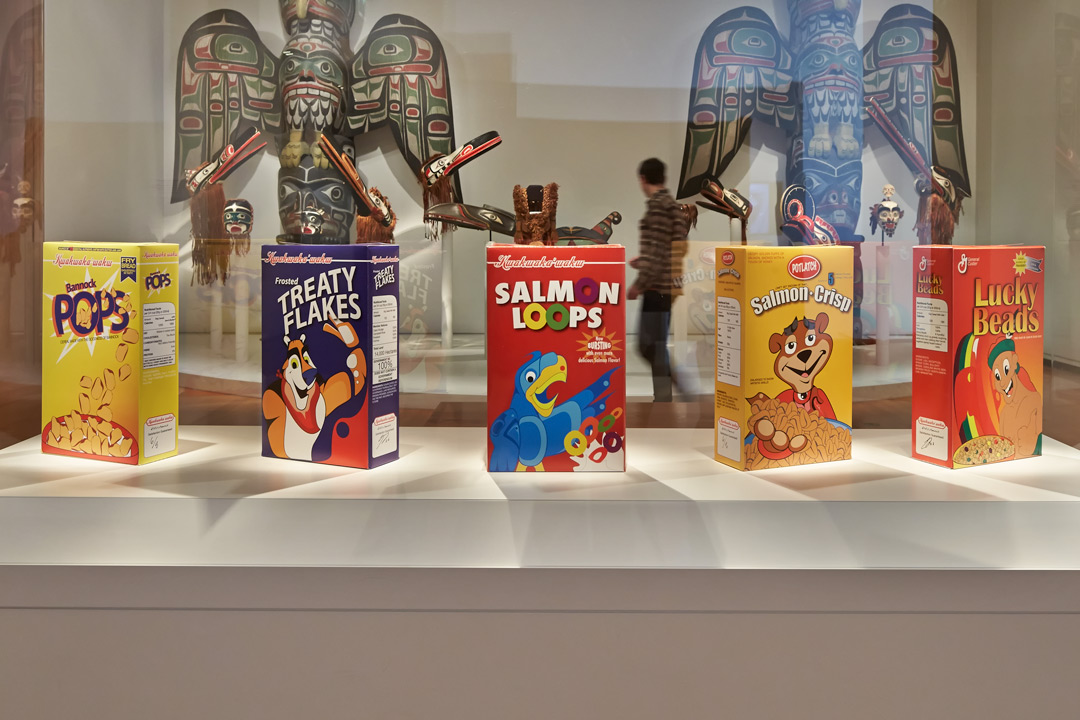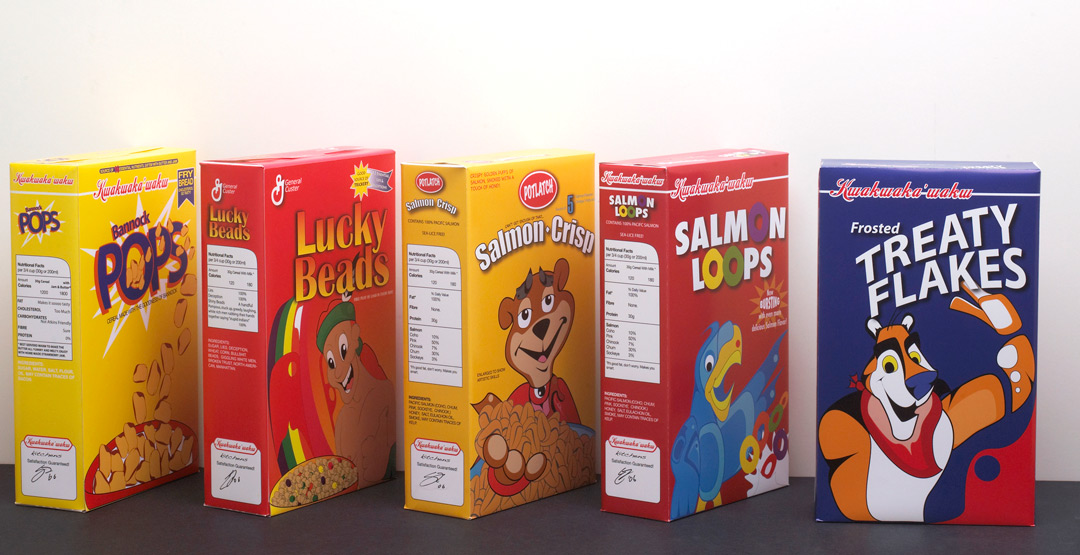In Memory of Dr. Barbara Brotherton (1950–2025)
This past weekend, we lost an extraordinary scholar, curator, and friend. Dr. Barbara Brotherton, who served as SAM’s Curator of Native American Art for over two decades, passed away after a brief battle with cancer surrounded by loved ones.
Barbara’s contributions to the museum world, Native communities, and the field of art history are immeasurable. For more than two decades at SAM, she championed the work of Native artists, built lasting relationships with tribal communities, and helped shift the curatorial model toward one grounded in trust, mutual respect and admiration, and deep reverence for Indigenous knowledge.
She brought with her not only curatorial expertise but also longstanding ties to Native communities in the Puget Sound region. Barbara received her Ph.D. in art history from the University of Washington, where she studied with renowned scholars Bill Holm and Robin Wright and learned the Salish language and culture with Vi taqwseblu Hilbert. These early formative experiences shaped the course of her career and her deep respect for Coast Salish heritage.
In the early 1990s, Barbara served as a curator at the Burke Museum, where she developed exhibitions of Northwest Coast Native art and supported a Native oral history project. She collaborated with then-SAM curator Steven Brown in 1992 to write a tour for the museum’s Northwest Coast Native art collection. In 1994, she was appointed a research associate at the Burke to work on Native American Graves Protection and Repatriation Act (NAGPRA) issues—an experience that deepened her commitment to ethical stewardship and Indigenous sovereignty in museums.
Before joining SAM, Barbara was an associate professor of art history at Western Michigan University, where her research centered on the arts of the Salish peoples of western Washington and southern British Columbia. She joined SAM in 2001, where she would go on to lead groundbreaking exhibitions and serve as a vital connector between the museum and Native communities.
Among the many exhibitions she curated or co-curated at SAM are:
- Reinstallation of the Native American Permanent Collection (2007)
- S’abadeb: Pacific Coast Salish Art and Artists (2008)
- Behind the Scenes: The Real Story of the Quileute Wolves (2010)
- Seattle Collects Northwest Coast Native Art (2014)
- Pacific Currents (2015)
- Double Exposure: Edward S. Curtis, Marianne Nicolson, Tracy Rector, Will Wilson (2018)
- Our Blue Planet: Global Visions of Water (2022)
- American Art: The Stories We Carry (2022)
Many of these projects were created in close collaboration with Community Advisory Committees composed of local tribal members—reflecting Barbara’s commitment to community-based curation and Native leadership in exhibition planning and interpretation.
Barbara was also a longtime board member of Lushootseed Research, a nonprofit dedicated to preserving Puget Sound Native art, language, and oral traditions. Her work outside the museum was just as influential as her curatorial projects, reflecting her belief in the connection between community, culture, and education.
Barbara was not only a brilliant scholar and curator—she was a deeply compassionate colleague, a generous mentor, and a fierce advocate for Indigenous voices in museum spaces. Her legacy lives on in the relationships she nurtured, the exhibitions she created, and the many lives she touched.
We invite you to learn more about Barbara’s life and career through this oral history interview recorded in 2024, where she reflects on her personal and professional journey and the values and community connections that guided her.
Barbara Brotherton’s impact on SAM, the region, and the field of Native American art will be felt for generations to come. We are humbled to have walked alongside her.
